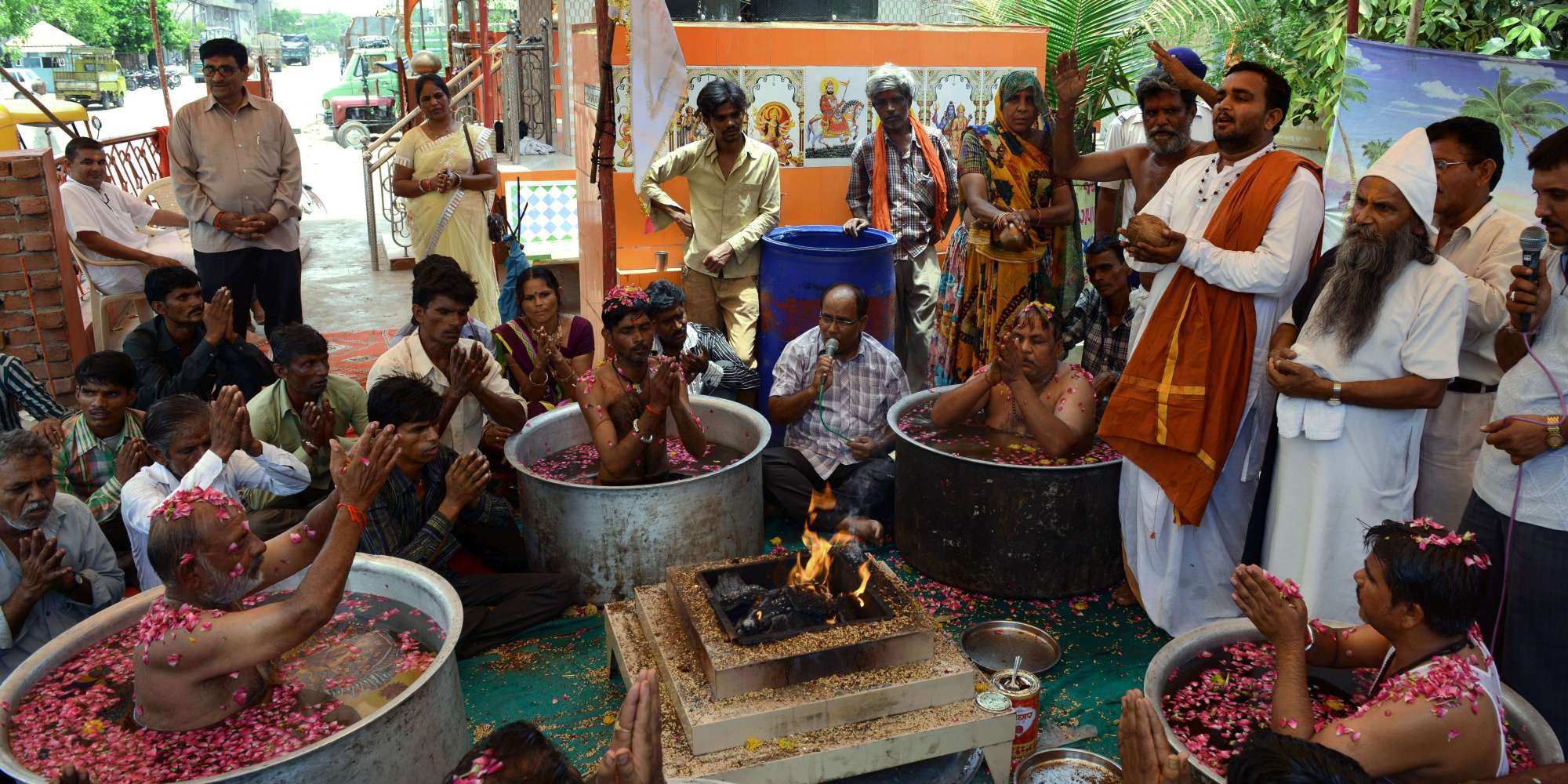In India, we have no consciousness about white or black race. We had some consciousness about whites in the pre-independent period. During the colonial rule we saw and felt that the whites (in this case, the Britishers) had a superior culture.
In Africa, there was a long struggle between the white and black peoples. And, the world very well knows the notorious statement made by Hitler during the world war that only the Aryans had pure blood. Much discrimination and conflicts have taken place between the two world wars in Europe, Africa and South Asia.
Caste is a different social institution. Its membership is determined by birth. One who is born as a Brahmin, belongs to the Brahmin caste. Quite in the same way, one who is born as a Negroid is a member of the Negro race.
ADVERTISEMENTS:
So, birth determines membership of race and caste. But, the difference emerges when we talk about physical characteristics. When a person is born as a Caucasian, he is born with some genetic traits such as stature or bodily height, cephalic index, that is, ratio of the length and the breadth of head, nasal index, prognathism and a certain texture of the hair.
On the other hand, when a person is born in the Brahmin caste, he does not inherit any caste or racial traits like the whites. There is no physical difference between a Brahmin, a Rajput and for that matter a Chamar. On the other hand, it is reported by Briggs that the Chamar women all over the country excel their counterparts of other castes in certain activities.
The caste and race, therefore, though determined by birth, belong to different categories. Most of the castes in India trace their origin to the primary stock of Caucasoid or its sub-species. The differences among the castes are thus not racial ones.
ADVERTISEMENTS:
They are ethnic and socio- cultural. Despite the fundamental differences between race and caste, these two groups have created a war-like situation in the world.
If racial prejudices or discriminations have created problems in Europe, USA and Africa, caste has created problems in south and East Asia. In our country, quite like the racial war of black and white in other parts of the world, castes have created a large number of problems.
Reservations for castes and politicization of casteism are actually caste-generated problems. There is nothing new about these problems they are age-old. In the Mahabbarata, when Kama born of a sut (carpenter) stood in competition against the Pandavas, it was objected because a carpenter could never compete with the mighty Rajput.
This was a disability of the carpenter caste. Kama argued: “Whether I am a sut or anyone else, god gave me birth in a family but the competitive skill which possess is my own achievement.”
ADVERTISEMENTS:
The discourse which took place between Kama and Pandavas is actually a debate on the achievement of man. No discrimination should take place on the basis of heredity or genetic traits: this is what we learn from the Mahabharata.
Here we wish to state that a discussion on racial stocks is a part of physical anthropology: when we talk about caste, we are truly analyzing the role of socio-cultural factors in society.
It is, therefore, the subject matter of social anthropology. Among the major existing or living races of the world, we only outline here three ones: (1) Caucasoid or ‘white’, (2) Mongoloid or ‘yellow’, and (3) Negroid or ‘black’.
Physical anthropologists have brought out a few other racial stocks which fall in the category of ‘doubtful races’. In this category Australoid, Veddoid, Polynesian and Ainu are included.
It must also be said that the three major racial stocks are further classified into several sub-species. For instance, Caucasians have sub-species of Nordic, Alpine, Mediterranean and Hindu. The Mongoloid sub-species are Mongolian, Malaysian and American Indian.
The third stock of Negroid includes Negro, Melanesian, Pygmy Black and Bushman. It must be noted that it is very difficult to put these races into pure categories because of inter-racial marriages and mutation.

